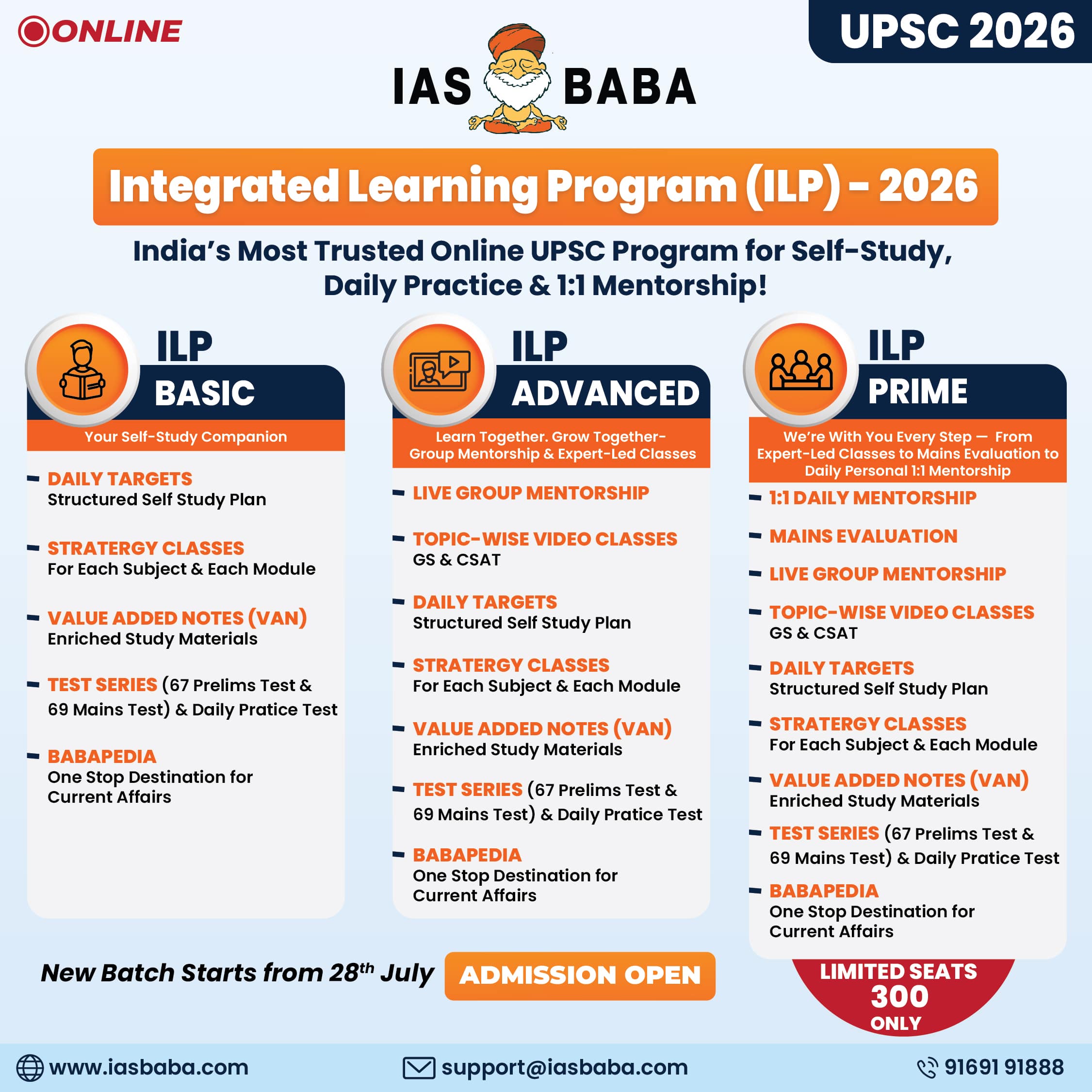IASbaba's Daily Current Affairs Analysis, IASbaba's Daily Current Affairs May 2016, National, UPSC
Archives
IASbaba’s Daily Current Affairs – 25th May, 2016
NATIONAL
TOPIC: General Studies 2
- Government policies and interventions for development in various sectors and issues arising out of their design and implementation.
- Issues relating to development and management of Social Sector or Services relating to Health, Education, Human Resources.
Healthcare Funding
- Health financing refers to the “function of a health system concerned with the mobilization, accumulation and allocation of money to cover the health needs of the people, individually and collectively, in the health system… the purpose of health financing is to make funding available, as well as to set the right financial incentives to providers, to ensure that all individuals have access to effective public health and personal health care” (WHO 2000)
- Empowerment of people comes from the freedom they enjoy, and this includes, among others, freedom from poverty, hunger, and malnutrition, and freedom to work and lead a healthy life (Sen, 1999). Access to health care is critical to improving health status and good health is necessary for empowerment
- A good healthcare system focusses on being both efficient and progressive; wherein an efficient system minimizes the losses associated with raising and disbursing revenue, and a progressive system redistributes resources from the rich toward the poor
Current State— Providing every citizen access to healthcare is the most important step for the sustainable development of every nation. While India can boast of rapid economic development, its unfinished public health agenda is still worrying.
- Non-communicable diseases (NCDs) such as cancer, heart disease, respiratory disorders and diabetes are now jostling alongside infectious, communicable diseases such as tuberculosis and leprosy, causing more than 53% of all deaths in the country—
- In future, more than 60 million Indians will succumb to NCDs by 2020
- According to reports from the World Economic Forum and the Harvard School of Public Health, India is slated to lose $4.58 trillion between 2012 and 2030 as a result of NCDs
- India’s public spending on health is one of the lowest in the world. According to the World Health Organization’s (WHO) World Health Statistics 2015, India spent 1.16% of its gross domestic product (GDP) on health, ranking 187 among 194 countries. In per capita terms, India ranked 157, spending just $60 (purchasing power parity)
- Despite being the first country to adopt the Global Monitoring Framework on NCDs and including it in the draft Health Policy Action 2015, India’s current budgetary allocation for NCD programmes (targeted at “reducing the number of premature deaths from NCDs by 25% by 2025”), is a minuscule 3% of the total health budget.
Universal Healthcare Coverage (UHC)
’Access to key promotive, preventive, curative, and rehabilitative health interventions for all at an affordable cost’ (World Health Assembly, 2005)
Lack of access to affordable & high-quality healthcare:
- Thirty per cent of identified illnesses in rural India and 20% in urban areas go untreated because of financial constraints.
- According to the WHO Health Statistics 2012, 39 million Indians are pushed into poverty due to healthcare costs.
- WHO Global Health Expenditure Database—
- 9% of total private health expenditure in India was paid out of pocket by individuals in 2013
- About 47% and 31% of hospital admissions in rural and urban India were financed by loans and sale of assets.
Global evidence: To meet the basic healthcare need, the country needs to spends at least 5-6% of its GDP on health
Issues:
- Wide disparity in the responsibilities assumed by the states— the gap between the actual spending and the required amount is larger in the relatively low-income states and this results in marked inter-state inequality and in creation of a preventative health infrastructure
- The Constitution assigns the states predominant responsibility for the provision of social services and coequal responsibility with the central government for the provision of economic services.
- However, since all broad-based tax handles except the general sales tax are assigned to the central government, there is a high degree of vertical fiscal imbalance.
- Further, the wide interstate disparities in revenue capacity make it difficult to ensure comparable levels of public services in different states at comparable tax rates
- Poor access to primary and preventive health care services— India‘s immunization rates and percentage of births attended by skilled health personnel rank among the worst in the world
- Absence of facilities, manpower and resources make quick detection and preventive care a low priority—late detection of NCDs increases the costs of treatment and management hugely
- Rising healthcare costs, and the limited access to private insurance policies and other options to fund healthcare
- Over 80 per cent of India’s population is not covered under any health insurance scheme (National Sample Survey (NSS))
- Despite seven years of the Centre-run Rashtriya Swasthya Bima Yojana (RSBY), only 12 per cent of the urban and 13 per cent of the rural population had access to insurance cover.
Solution—Need for a robust healthcare system funded by a multi-payer approach— a comprehensive and diverse system of healthcare financing that pools financial risk and shares the cost burden
Public-Private Partnerships:
The government needs to consider a multi-payer approach that includes expansion of commercial health insurance plans and other innovative financing models that emerge out of public-private partnerships—
- Drive global and national attention to NCDs
- Attract more funds
- Promote the establishment of stronger policies
- Ensure wider healthcare coverage that serves the unique needs of diverse rural and urban populations
Government:
The government should assume an important regulatory role in the private financing of healthcare by assuring the financial viability of the provider and ensuring inclusive coverage to all.
- Public investment in healthcare—the percentage expenditure of GDP on healthcare—must be raised from the current 1.1% to at least 2.5-3% by 2025, at the state and federal level, with a greater appropriation of the budget for NCDs.
- Measurement of the impact of central grants on state’s own spending on health care is important for evaluating the design of the transfer system
- The new health policy must attract private investment in the healthcare sector through incentives such as tax benefits, underwriting and facilitating bank loans to supplement care in remote and underserved regions.
Connecting the dots:
- What do you understand by universal health coverage? Explain the measures taken by the government to achieve universal health coverage in India.
Refer:
Rising healthcare costs: A burden on poor
A case of public health in India
MUST READ
The ease of living in India – A quarter century of economic reform has transformed the economy. But governments have been less mindful of addressing social and natural capital
Patently a missed opportunity
Related Articles:
An IP policy with no innovation
Cities without a core-The Indian economy has grown rapidly since 2003-04, but there has not been a corresponding evolution of vibrant metropolitan regions.
Chabahar takeoff- The agreement marks a new level in India’s overseas ambitions. Now it must show the resolve to see it through.
Related Articles:
Chabahar Port: crucial gateway for India’s objectives
Mind the liberal gaps- India’s democracy shines electorally. But increasing attacks on freedoms in between polls must worry us all.
Food inflation: a quick fix won’t help- Controls upon prices and quantities don’t help manage secular price rises, which can only be addressed by fundamental changes to increase supply and create efficient markets
Cafe Economics | A new fiscal framework- The move to a flexible fiscal target based on potential output will be welcome, but it will suffer from a major credibility problem unless there is an independent fiscal council that does its own analysis of the budget numbers













